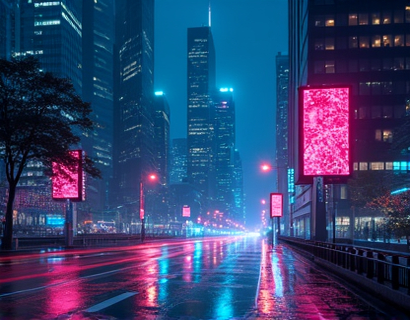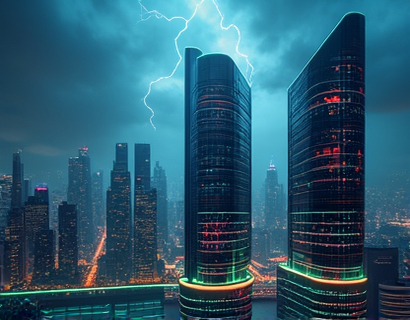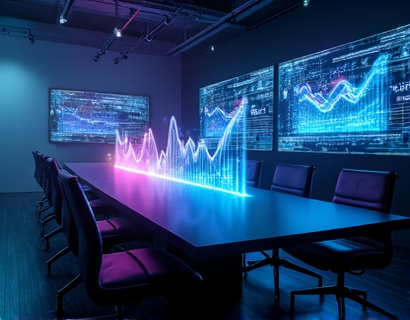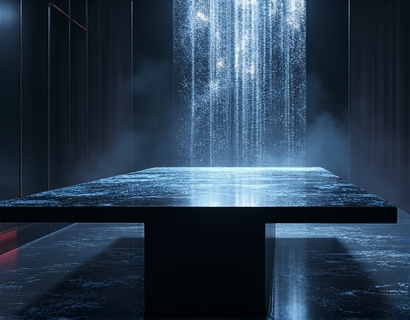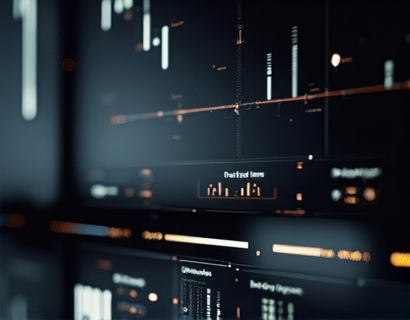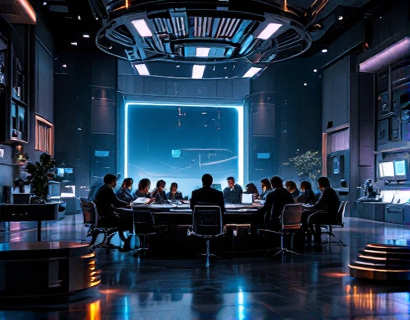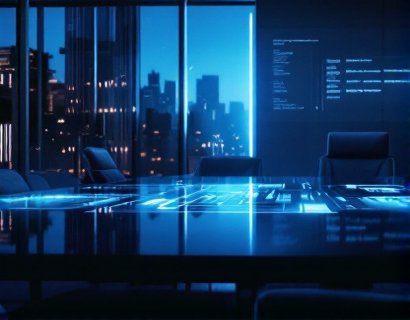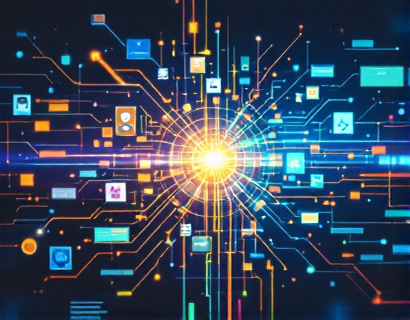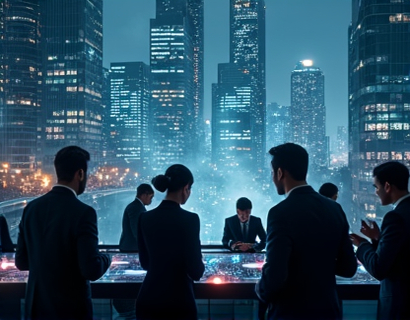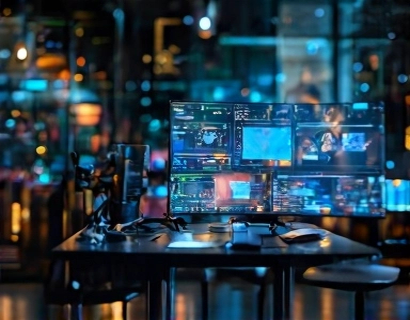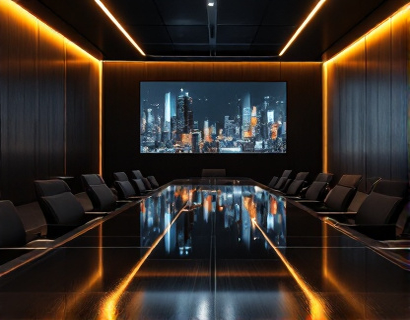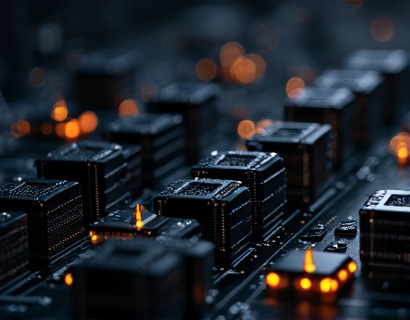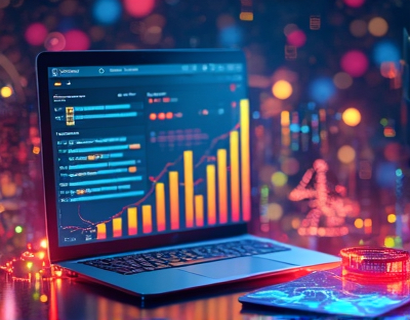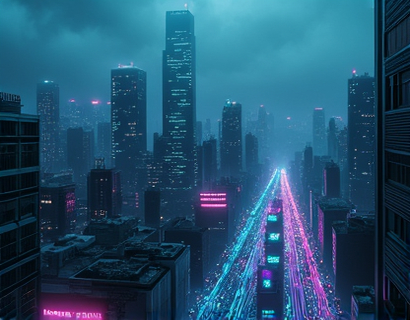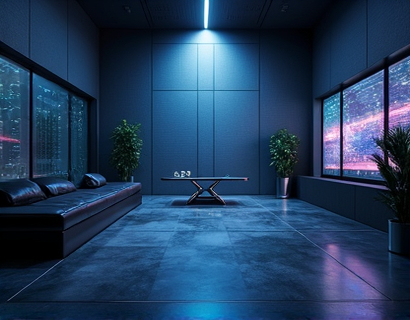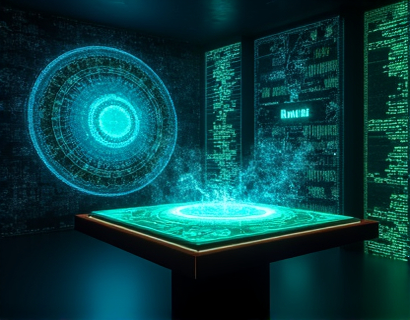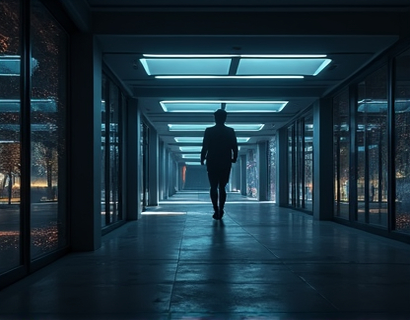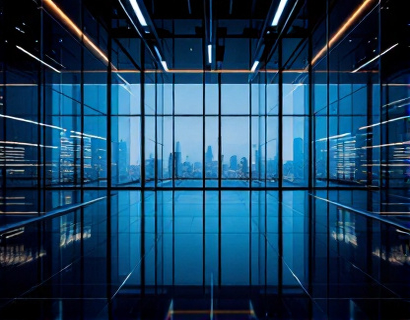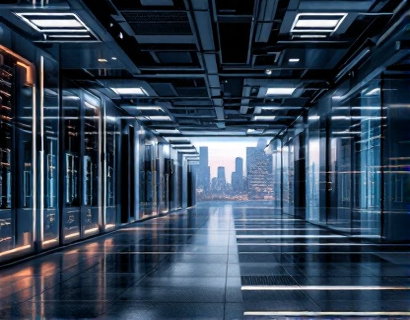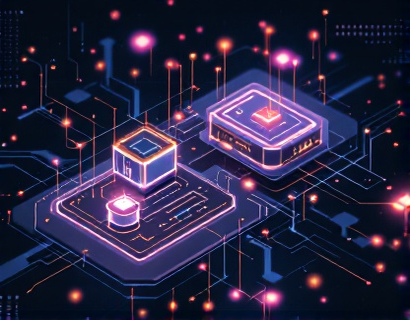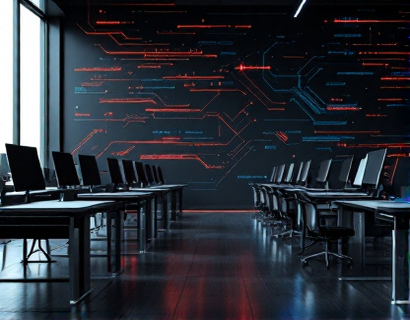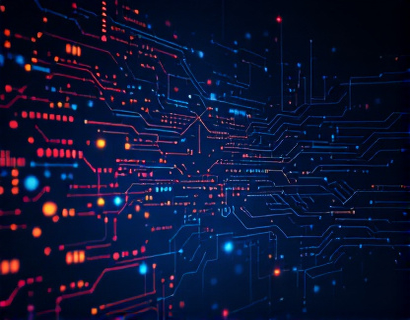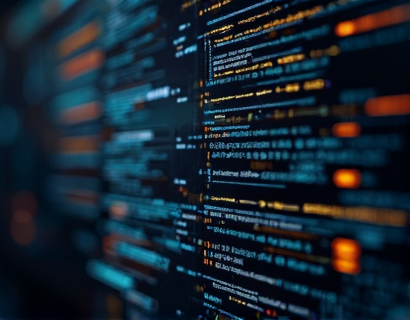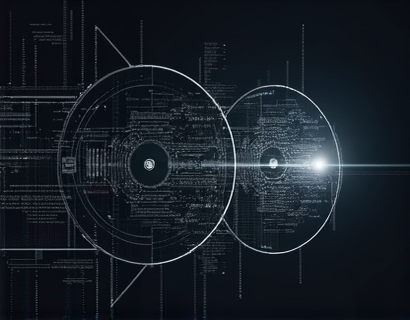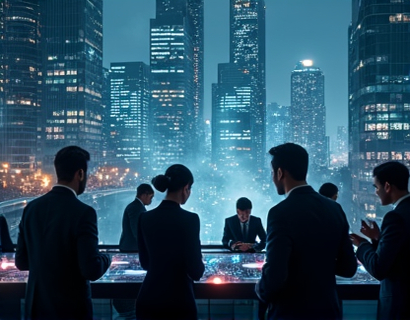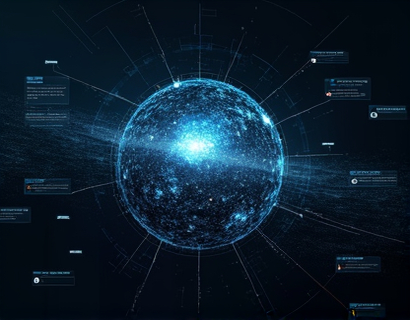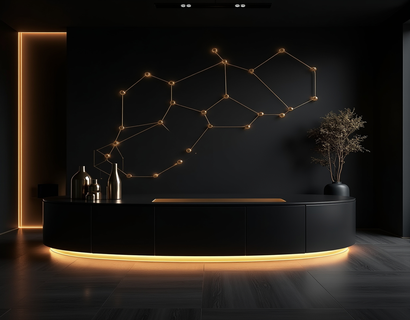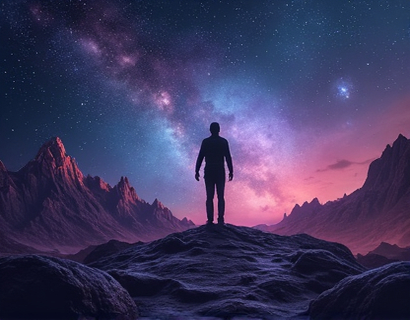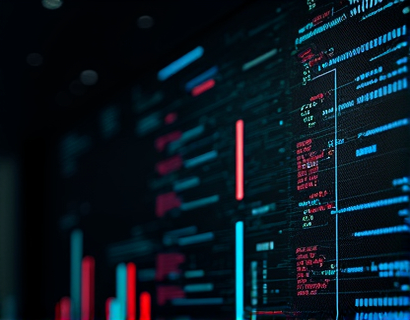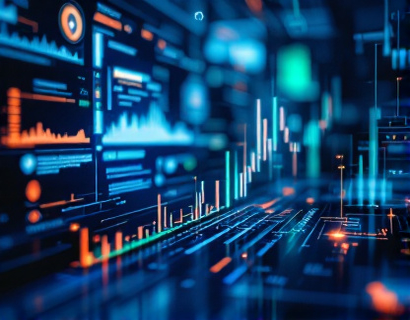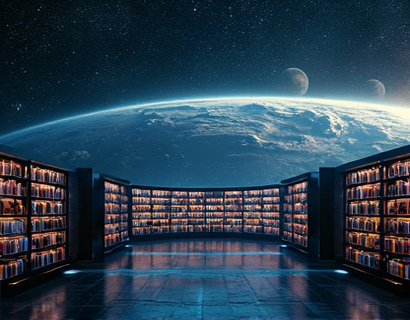AI-Driven Graphic Creation: Revolutionizing Visual Design for Everyone
The landscape of graphic design is undergoing a transformative shift with the advent of AI-driven tools. These innovative platforms are making it possible for anyone, regardless of their design expertise, to create professional-quality visuals with unprecedented ease. This article delves into the world of AI-driven graphic creation, exploring how these intelligent online tools are simplifying the process of visual design and unlocking creativity for a wide range of users.
Demystifying Graphic Design
Traditionally, graphic design has been a specialized field requiring extensive knowledge of design principles, software, and techniques. However, with the integration of AI, the barriers to entry have significantly lowered. AI-driven graphic creation tools use advanced algorithms and machine learning to understand user inputs and generate high-quality visuals. These tools can interpret textual descriptions, select appropriate design elements, and even suggest color schemes and layouts, all with minimal user intervention.
Accessibility and Inclusivity
The primary advantage of AI-driven graphic creation is its accessibility. No longer do individuals need to invest time and money in learning complex design software or hiring professional designers. These tools are designed to be user-friendly, making them accessible to a broad audience, including small business owners, content creators, marketers, and even hobbyists. This democratization of design tools ensures that everyone, from entrepreneurs to educators, can produce high-quality visual content that enhances their brand or project.
Enhancing Creativity and Efficiency
AI-driven tools not only simplify the design process but also enhance creativity and efficiency. Users can experiment with various design options quickly, receiving instant feedback and suggestions. This iterative process allows for rapid prototyping and refinement, saving valuable time and effort. For instance, a marketer can generate multiple social media post designs in a fraction of the time it would take using traditional methods, ensuring a consistent and engaging presence across platforms.
Versatility Across Applications
The applications of AI-driven graphic creation are vast and varied. Whether it's creating eye-catching social media posts, designing engaging marketing materials, or developing unique illustrations for a blog, these tools cater to a wide range of needs. Small business owners can use these platforms to produce professional-looking logos, business cards, and brochures without the need for a design studio. Content creators can enhance their articles and videos with custom graphics, improving viewer engagement and retention.
Personal Projects and Hobbies
For individuals pursuing personal projects or hobbies, AI-driven graphic tools offer a powerful way to bring creative ideas to life. From designing custom merchandise to creating digital art, these tools provide the necessary resources to transform concepts into reality. Educators can use these platforms to create visually appealing presentations and educational materials, making learning more interactive and engaging for students.
Collaboration and Sharing
Another significant benefit of AI-driven graphic creation tools is their collaborative features. Users can easily share their designs with team members or clients, receiving feedback and making adjustments in real-time. This seamless collaboration streamlines the workflow, ensuring that projects stay on track and meet the desired standards. The ability to export designs in various formats and resolutions also ensures compatibility with different platforms and media types.
Customization and Personalization
One of the key strengths of AI-driven graphic tools is their ability to offer customization and personalization. Users can input specific parameters such as brand colors, fonts, and preferred styles to ensure that the generated designs align with their existing brand identity. This level of customization is crucial for maintaining brand consistency across all visual content, whether it's for a business or a personal project.
Continuous Learning and Improvement
The AI algorithms behind these graphic creation tools are constantly learning and improving. As more users interact with the platform, the system gathers data and refines its capabilities, leading to better and more accurate design suggestions. This continuous improvement ensures that the tools remain up-to-date with the latest design trends and user preferences, providing a consistently high-quality experience.
Environmental Impact
Beyond the creative and practical benefits, AI-driven graphic creation tools also contribute to environmental sustainability. By reducing the need for physical prototypes and printed materials, these tools help minimize waste and resource consumption. Digital designs can be easily shared and modified without the environmental cost associated with traditional design processes.
Challenges and Considerations
While AI-driven graphic creation tools offer numerous advantages, there are also challenges and considerations to keep in mind. One potential issue is the quality of the generated designs, which may not always meet the highest professional standards. Users should be aware of these limitations and use the tools as a starting point, refining the designs as needed to ensure they meet their specific requirements. Additionally, there is a learning curve associated with using these tools effectively, but most platforms offer tutorials and support to help users get started.
Future Prospects
The future of AI-driven graphic creation looks promising, with ongoing advancements in machine learning and artificial intelligence. As these technologies evolve, we can expect even more sophisticated tools that offer greater precision, creativity, and customization. The integration of augmented reality (AR) and virtual reality (VR) into graphic design is also on the horizon, opening up new possibilities for immersive and interactive visual experiences.
Conclusion
AI-driven graphic creation tools are revolutionizing the way we approach visual design, making it more accessible, efficient, and creative. These intelligent online platforms empower a diverse range of users to produce high-quality graphics with ease, breaking down the barriers that once limited graphic design to a select few. As these tools continue to evolve, they will play an increasingly important role in shaping the future of visual communication and content creation.




